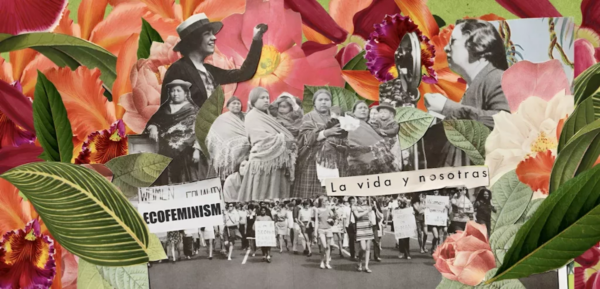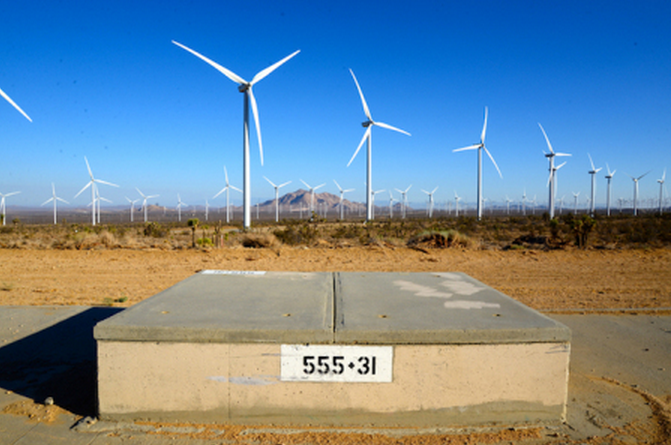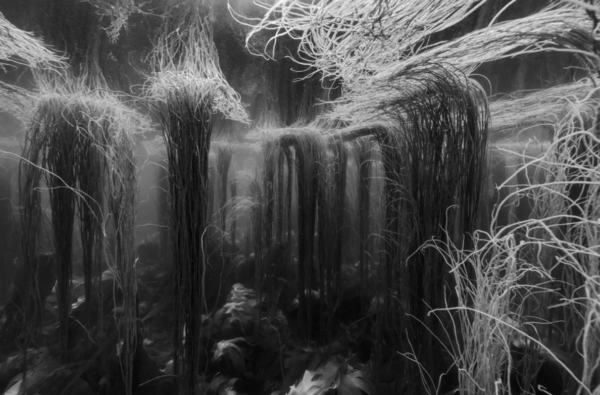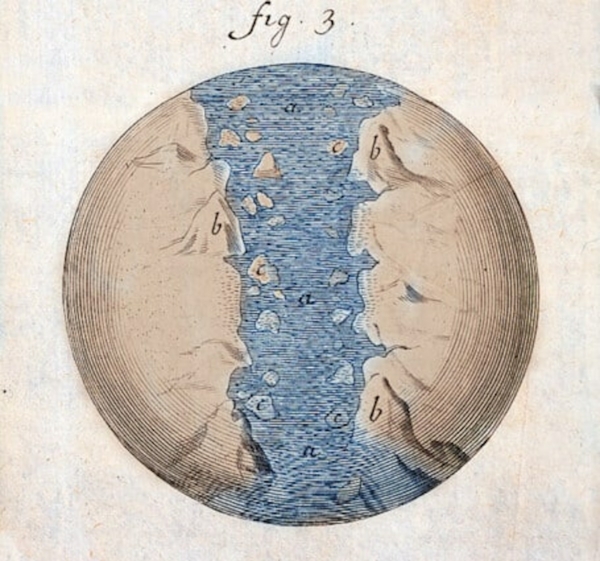
ÉCOFEMMES FEST – MINERVA
L’association MINERVA présentera ÉCOFEMMES FEST, le premier festival en France consacré à l’écoféminisme. Pendant trois jours, artistes, chercheuses, journalistes et…

Grand Central Art Center has invited Matthew Moore and Braden King as artists in residence to explore, examine and reflect upon the impact of the Los Angeles Aqueduct – part of a sixteen institution initiative funded through the Metabolic Studio’s Chora Council grants, marking the LA Aqueduct’s 100TH anniversary.
Cumulus marks the first collaboration between these two accomplished artists. Through the residency, the artists set out on journeys – a series of driving trips along the aqueduct. They connected with people who work, live and engage along its path. Their travels allowed them the opportunity to listen to the land and then the water as it rushed down the cascade near Newhall Pass; flowed through massive piping in the Antelope Valley; traversed under slabs of concrete through the Mohave Desert; diverted from the Owens River.
The journey of water is not a foreign concept to artist Matthew Moore; it is actually central to generations of his family’s livelihood. For without the control of water, it would have been impossible for Moore to become the fourth generation of farmers in his family, sowing land in what would otherwise be considered hostile desert environment of western Phoenix, Arizona.
Through his agricultural history, Moore found his artistic voice. He uses his creative practice to explore issues of place and ecology. The foundation of his approach come from the realization that the actions of taking the desert, converting it into arable land by diverting water, creates an infrastructure that provides the perfect environment for urban growth and suburban sprawl, which are inherently complex and problematic.
Working in the medium of film and installation, Braden King’s projects often focus on individuals finding their place in the world and how external geographies can act as mirrors to our internal selves – mapping, landscape, geography, work. To quote Zachary Wigon’s in Filmmaker Magazine (Apr 11, 2012) regarding King’s 2011 film HERE, “is about nothing so much as having an appreciation and understanding of where one is.”
King approaches his art through his personal desires of seeing something in the world and then making that thing a reality. It’s an attempt to make a little more order in the world, both his own and that of others.
The site-specific installation Cumulus is a culmination of a residency that allowed for multiple site visits, time to talk, and time to travel outside the institution. To quote King “It’s been a truly creative collaboration and process – feeling our way into something, not thinking our way into something.” The project is an attempt to tell the story of this 100-year old engineering marvel that was dedicated on Nov. 5, 1913, when thousands gathered northeast of Los Angeles to mark the opening. A ceremony where Chief Engineer and Aqueduct designer William Mulholland remarked, “There it is. Take it!”
Constructed to transport water from the Owen’s Valley in its first phase, and later from the Mono Basin in its second. The 373 mile long LA Aqueduct created a rich environment for growth in Southern California, while leaving a virtual dust bowl in the central part of the State.
Cumulus addresses the “it” of the aqueduct and Mulholland’s statement. What is the “it” that we may be taking and what does “it” enable us to achieve? Is the “it” simply water that has run down from the Sierra’s, or does it reflect someone’s real or potential prosperity and livelihood? What impact does “it” have on landscape? And most significantly, how much control do we actually have over “it”?
Through the use of building materials, specifically used scaffolding planks, the artists have created a massive pipeline that emerges from one side of the gallery before quickly disappearing into the other. Projected upon it are moving images of atmosphere and landscape, traversing its surface as fluidly as water flows through the aqueduct itself. The installation reflects our inherent curiosity, of being fascinated by the things humans decide to make. To quote Moore, “the audacity of the human endeavor is never more apparent than when societies come together to construct such industrial feats as the aqueduct, achieving a perceived common good.” At the same time, such achievements acknowledge our limits of control as makers, as much as we desire to do so.
From Moore’s direct experience of water in agriculture, “to believe in it as a certainty is inherently flawed. We can build all the infrastructure and systems to transport this precious resource, but if it doesn’t rain, they are all for naught.” He continues, “there may be no more hopeful image than that of a cloud… the promise of sustenance and a future that cannot be controlled by the will of man.”
To quote King, “The Aqueduct made it possible for a lot of things to exist. Los Angeles wasn’t there, and then it was there, which again has made the success of Orange County possible. People thought, ‘Hey, we can take that water from up here, and make a channel and take it down there, across the desert, and then we can make more things and more people can live.’ And then they did it. They turned clouds into concrete.
CUMULUS: MATTHEW MOORE AND BRADEN KING
MARKING THE 100TH ANNIVERSARY OF THE LA AQUEDUCT
Exhibition: October 5, 2013 – January 5, 2014
OPENING RECEPTION: October 5 from 7-10pm
Programming and Projection System Design:
Brian Chasalow
CAD/Architecture Support:
Aaron Forbes
Project Assistance:
Catherine Mahoney, Kim Larkin, Tracey Gayer
Installation:
Claes Bergman, James Sulak, Matthew Miller
Promotional Assistance:
Yevgenia Mikhailik, Shauna Hultgrien
Gallery Assistance:
Maxwell Rivas, Tony Pedraza, Angelica Perez
Major support provided by the :
Metabolic Studio www.metabolicstudio.org
Casio LampFree Projectors www.casioprojector.com
More information regarding the Metabolic Studio Chora Council grant can be found online at:
www.annenbergfoundation.org
GRAND CENTRAL ART CENTER
A unit of California State University, Fullerton
College of the Arts
Dedicated to the investigation and engagement of contemporary art and visual culture – regionally, nationally and internationally – through unique collaborations between artists, students and the community,
125 N. Broadway, Santa Ana, CA 92701
www.grandcentralartcenter.
714.567.7233
L’association MINERVA présentera ÉCOFEMMES FEST, le premier festival en France consacré à l’écoféminisme. Pendant trois jours, artistes, chercheuses, journalistes et…
La Galerie Maubert consacre une exposition personnelle à Nicolas Floc’h, figure majeure de la scène contemporaine française dont le travail…
L’Observatoire de la Côte d’Azur accueille Unda Terræ, une exposition collective art/science imaginée par Circa dans le cadre de la…

